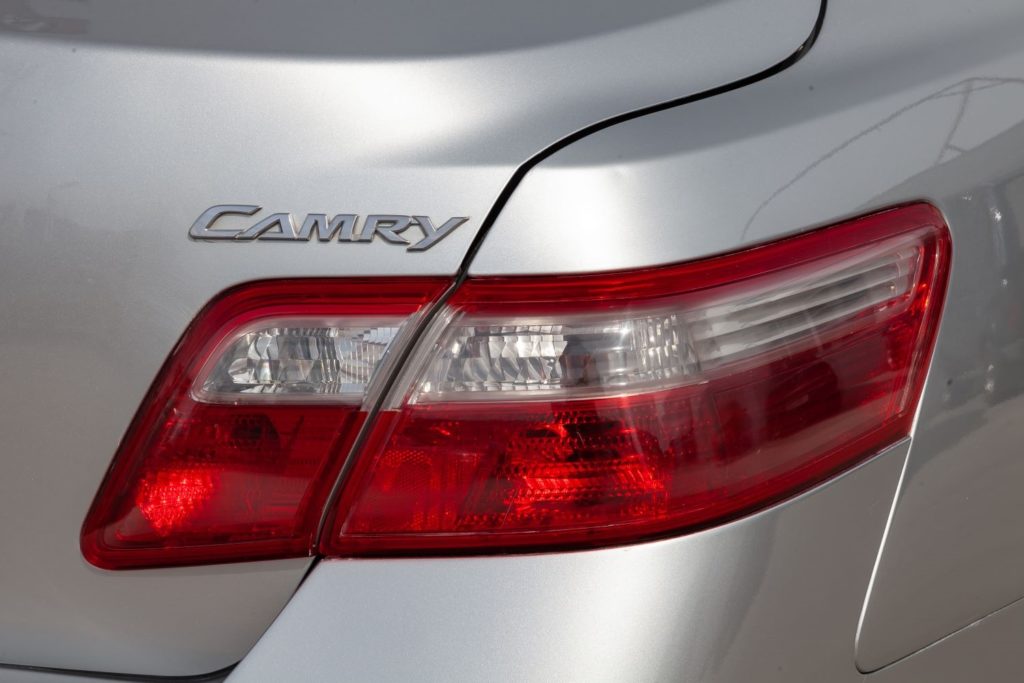Vehicles are equipped with catalytic converters to reduce the amount of harmful exhaust gases they release into the atmosphere. These gases not only cause global warming, they are also extremely harmful to humans’ respiratory systems. The federal government has mandated vehicles to have a properly functioning catalytic converter since 1975. If your vehicle’s computer detects problems with the catalytic converter, then the P2423 code or other related trouble codes can be triggered.
What Does the P2423 Code Mean?
Diagnostic trouble code (DTC) P2423 code is defined as HC Adsorption Catalyst Efficiency Below Threshold. This code triggers when the powertrain control module (PCM) receives information from your vehicle’s oxygen sensors that could indicate a faulty catalytic converter.

A Closer Look at the Catalytic Converter
Your vehicle’s catalytic converter is supposed to convert exhaust gases, including hydrocarbons (HC) and carbon monoxide (CO), into less harmful substances such as nitrogen, oxygen, carbon dioxide, and water. Oxygen sensors are able to detect whether the catalytic converters are doing their job by checking the oxygen levels of the exhaust gases before and after they have passed through the catalytic converter.

Note: The definition of the P2423 code can be different depending on the vehicle manufacturer. Consult the appropriate repair manual or repair database for the exact code definition.
P2423 on Some Toyota Vehicles
The P2423 code can trigger in some Toyota models, most notably the Camry. On a 2006 Toyota Camry, for example, this DTC triggers when the “signal length ratio is greater than 0.75.” The signal length ratio is calculated by the PCM and it’s a formula calculating the catalytic converter’s efficiency.
The P2423 code might trigger on a 2006 Toyota Camry if it has problems in the following areas:
- Three-way catalytic converter (inside exhaust front pipe)
- Gas leakage in the exhaust system
- Heated oxygen sensor 2 (bank 1, sensor 2)
- Heated oxygen sensor 3 (bank 1, sensor 3)
What are the Common Causes of the P2423 Code?
These are the most common causes of the P2423 code:
- Failed catalytic converter
- Failed oxygen sensors
- Circuit problems, such as a damaged wire or poor connection
- Exhaust leak
- An issue with the PCM, such as software in need of an update
What are the Common Symptoms of the P2423 Code?
Your vehicle might exhibit the following symptoms when the P2423 code is triggered:
- Illuminated check engine light
- Decreased engine performance

How to Diagnose the P2423 Code
When the P2423 code is triggered, you should check which components are causing the problem. Aside from the catalytic converter, your vehicle’s oxygen sensors could be causing the P2423 code to trigger, or there could be other problems, such as a circuit issue or an exhaust leak.
You might need to inspect and test the concerned components to identify the cause. However, you should keep in mind that vehicle designs and wiring layouts vary, so their respective repair procedures will also vary depending on the manufacturer. Additionally, diagnosing the concerned components might require special knowledge and tools.
If you aren’t familiar with vehicle repair, take your car to a mechanic for a proper diagnosis.
How to Fix the P2423 Code
Before attempting to do any repairs, know that the repair processes for OBD-II trouble codes can vary greatly. There’s no single procedure that can get rid of the problems that are causing DTCs because different vehicle models are designed differently. If you don’t have much experience troubleshooting DTCs, then we recommend leaving the task to a professional mechanic.
You can try to do the job yourself, but you need to make sure to know the vehicle-specific repair procedures before you get started. Good thing this information is available online. Chilton repair manuals or a subscription to an online repair database like ALLDATA DIY can give you information on the correct diagnostic and repair procedure to clear diagnostic trouble codes like the P2423 code.
Any information provided on this Website is for informational purposes only and is not intended to replace consultation with a professional mechanic. The accuracy and timeliness of the information may change from the time of publication.




















